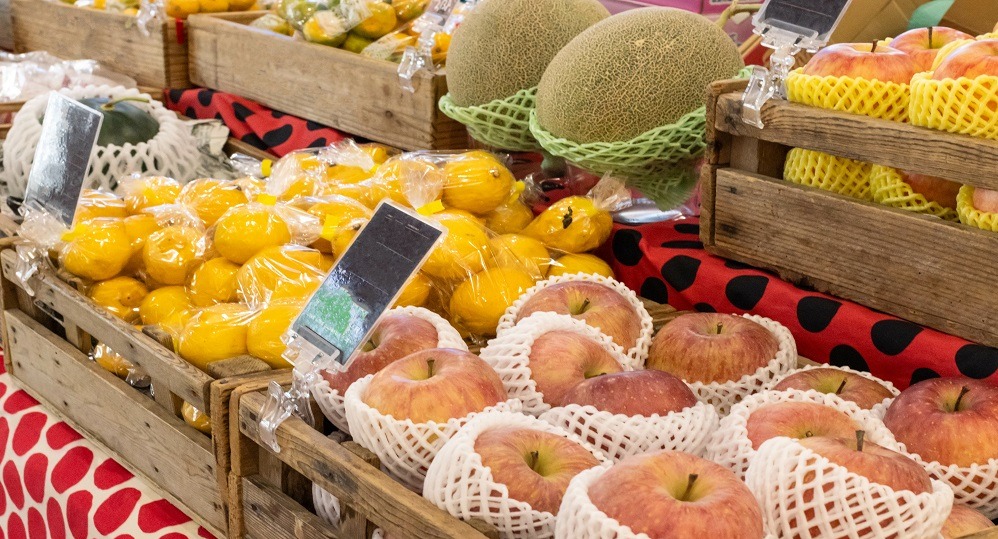Sustainable Packaging for Fresh Produce Protection
KEY INFORMATION
Foods - Packaging & Storage
TECHNOLOGY OVERVIEW
Globally, the packaging industry faces increasing pressure to reduce its environmental footprint, particularly with the impending implementation of regulations in Europe which requires all packaging to be recyclable or biodegradable by 2025. Traditional packaging materials, often derived from petroleum-based plastics, contribute significantly to environmental pollution, creating waste that takes decades to degrade. Moreover, in industries such as agriculture and food logistics, packaging is often not optimised for moisture resistance, leading to increased spoilage and product damage during transport and storage.
This eco-friendly packaging technology, made from natural rubber latex, is fully biodegradable while retaining its cushioning and protective capabilities. Its moisture-resistant properties make it particularly ideal for fresh produce, offering reliable protection throughout transportation and storage. Designed for businesses in the fresh produce sector—such as farmers, packers, and exporters—this sustainable packaging solution meets strict environmental standards while minimizing fruit waste. By providing superior protection, it helps businesses reduce spoilage and product loss, ensuring that goods arrive in optimal condition.
The technology owner is looking to collaborate with partners in the packaging, logistics, and agricultural industries to co-develop, testbed and implement this sustainable packaging solution across various sectors.
TECHNOLOGY FEATURES & SPECIFICATIONS
Made from natural rubber (a renewable resource), this packaging material is biodegradable and engineered to provide effective protection and cushioning properties.
Some key features of this sustainable packaging material include:
- Moisture-resistant - making it ideal for fresh produce and other sensitive goods
- Good shock absorption properties - to protect fragile items during transportation
- Flexible and adaptable - customisable to meet specific customer needs
- Eco-friendly
POTENTIAL APPLICATIONS
Potential applications include (but not limited to):
- Fresh Produce Packaging: Ensures fruits and vegetables remain intact during transit, reducing spoilage and extending shelf life
- Fragile Goods: Ideal for cushioning electronics, glassware, and other delicate items
- E-Commerce and Consumer goods: Provides an eco-friendly cushioning solution for online retail packages
- Pharmaceuticals and Health Products: Protects sensitive medical products from damage during shipment while adhering to sustainability guidelines
Unique Value Proposition
This biodegradable packaging technology offers a unique combination of sustainability, durability, and moisture resistance. It offers a packaging solution for industries looking to comply with stringent environmental regulations while maintaining product safety and integrity during transportation. Its ability to reduce both packaging and food waste and protect moisture-sensitive goods enables adopters to shift toward sustainable packaging.

